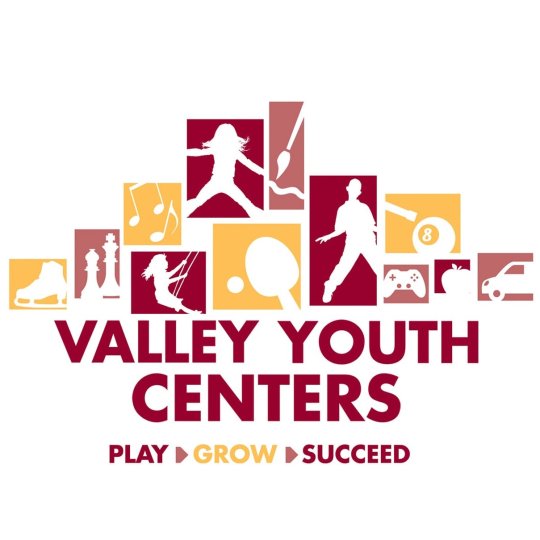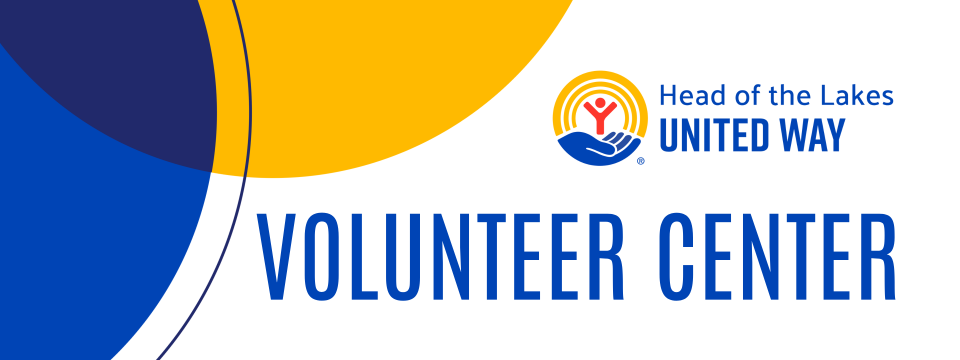

Who We Are

The Valley Youth Center (VYC) is the current name of the West Duluth Youth Development Program located within Laura MacArthur Elementary School.
The Valley Youth Center has been serving the youth of Duluth's western neighborhoods since 1986. Prior to that date, the services of our legally named entity the Welch Center Inc. provided similar services dating back to the early 1920's under the control of our local Catholic Diocese. In 1986, the Catholic Diocese surrendered the 501 c3 entity to the Valley Youth Center and we have been providing the after school social, recreational, and educational programming ever since.
Our vision is to be a place where kids can become community. Our motto is to be a place where kids can play-grow-succeed. Our mission is to provide the after school activities and programming to our participants so they can build self confidence, self esteem, and positively grow as individuals.
In 1986, the Valley Youth Center was the first after-school agency located within one of our school district's elementary schools. We focus our activities and programs around the numerous forms of play because we believe that kids from low income environments have less access to various outdoor, educational, and recreational opportunities than kids from middle to upper income levels. This lack of access also leads to poor behavior management skills. These skills are necessary for positive in-classroom participation, positive social interaction, and the acquired ability to fail and still continue to try.
What We Do
Valley Youth Center/Welch Center Inc
Our focus is to increase low income student(s) classroom engagement by increasing access to fun, positive, and non-scholastic in-school activities thereby increasing their school pride thereby increasing classroom attendance thereby increasing the likelihood of handing assignments and quiz/exam preparedness with an end result of passing grades.
Our goal is to increase the hours low income students spend within the school building to a point where 33% of their free time is spent in school engagement.
We define non-scholastic in-school activities as any outside of the subjects the students are tested on to showcase overall school scholastic performance (math, reading, spelling) in compliance with Federal and MN State standardization requirements.
We have selected this focus because it is our belief that low income students have less self confidence to view themselves as smart enough to complete in-class standardize testing curriculum, less ability to focus in-class because of basic needs not being met, less ability to trust adults in power because of historic environmental factors within their lives, and because low income students have less enjoyable activities in their lives, at home, or in-school than many of their peers.
When a child has little/no self confidence, less/any basic needs being met, no trust in caring adults that can guide them, and no enjoyable experiences to draw upon to create a hopeful future, they will grow up depressed, angry, easily manipulated into doing drugs, drinking alcohol, early sexual relationships, and juvenile criminal activity.
The remedy is changing the mind set from depressed, little/no self confidence, and angry to hopeful, confident, and happy. Happy children that are confident and have hope make decisions coming from happy, confident, and hopeful centers of the brain instead of the centers of the brain that produce the depressed, angry, and no self confidence emotions. If you change the mind set and the decision making centers of the student's brain where our low income students are currently making their decisions to a more happy, confident, and hopeful, their actions also follow. Getting to school becomes less daunting and the in class day becomes less difficult to participate with.
As an innovative community strategy, we need to produce fun, engaging, and self confident skill building experiences within the school facilities and during the school day so our low income students spend more time in the school, engaged with positive adults at the school, and have large amounts of fun while participating within the school.
Details
| (218) 464-5072 | |
| rsalgy@northwoodchildren.org | |
| Russ Salgy | |
| Agency Director | |
| http://www.valleyyouthcenters.org |


